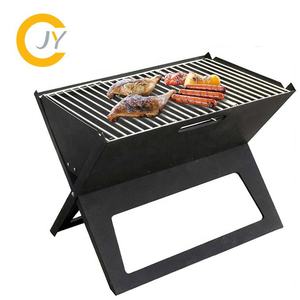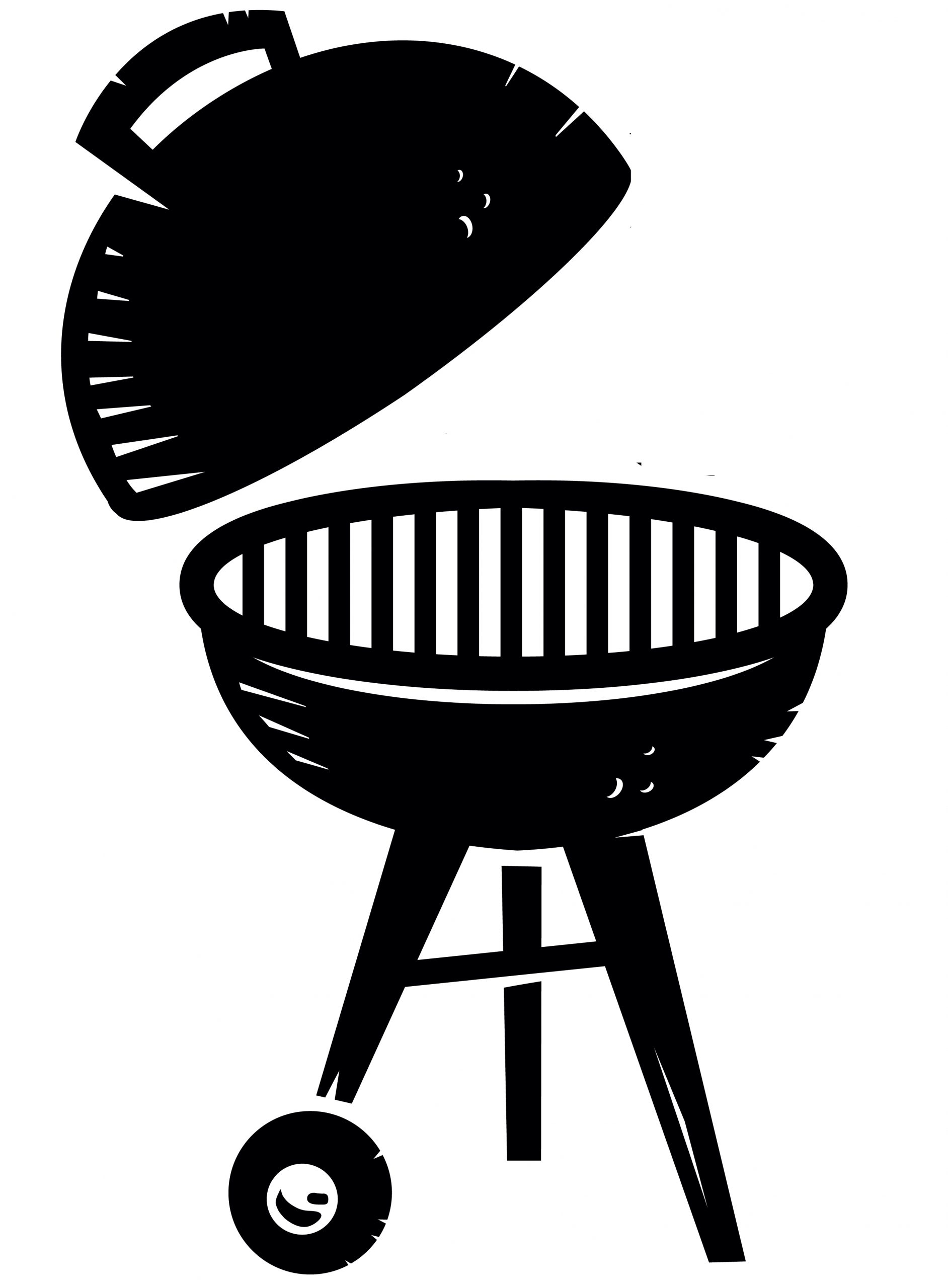When it comes to traditional cooking methods, the gridiron is a tool that has stood the test of time, proving itself as a key player in the world of culinary arts. For centuries, this essential device has been used in outdoor cooking, offering a practical and effective way to grill food directly over an open flame or heat source. In this article, we will dive deep into the history, functionality, and diverse uses of the gridiron to better understand why this cooking tool remains a staple in kitchens and outdoor cooking setups today.
History and Origins of the Gridiron
The gridiron has a rich history that dates back to ancient civilizations. The earliest known versions of the gridiron were simple metal frames with a series of bars used to cook food over an open fire. These early grill-like tools were prevalent in various cultures, from the Roman Empire to medieval Europe. The name "gridiron" itself originates from the resemblance of the tool to a grid, a structure made of parallel metal bars arranged in a grid-like pattern.
Historically, gridirons were often made from wrought iron, a durable and heat-resistant material. These traditional devices were usually placed over an open fire pit, where meat, fish, and vegetables could be laid directly on the metal bars for even cooking. Over time, this cooking technique evolved into modern grilling methods, but the core principles of using a gridiron remain the same. Even today, you can find gridirons in various forms, ranging from small portable camping grills to large outdoor setups for professional use.

How Does a Gridiron Work?
A gridiron operates on a simple principle: food is cooked over a direct heat source, such as fire or charcoal, by being placed on a grid of metal bars. The spaces between the bars allow the heat to circulate evenly around the food, ensuring that it cooks thoroughly on all sides. The metal bars themselves heat up and leave signature grill marks, which are not only visually appealing but also help to lock in flavor by searing the exterior of the food.
The design of a gridiron typically consists of parallel metal bars that can be made from various materials, including cast iron, stainless steel, or aluminum. The choice of material can impact both the heat retention and the flavor of the food. Cast iron gridirons, for example, are known for their ability to maintain a consistent heat level, which is perfect for cooking thick cuts of meat that require a long, slow cook. Stainless steel gridirons, on the other hand, are lightweight, resistant to rust, and easy to clean, making them ideal for everyday grilling.
Types of Gridirons and Their Uses
There are several types of gridirons available, each suited for different types of cooking needs. Below, we outline the most common types and their best uses:
Traditional Cast Iron Gridiron
The traditional cast iron gridiron is the classic option for open flame cooking. Its durability and heat retention make it perfect for cooking foods like steaks, burgers, and fish. The heavy cast iron bars can withstand high temperatures, and when properly seasoned, they offer a natural non-stick surface that enhances the flavor of the food. Cast iron gridirons are often used in campfire cooking and are a favorite among outdoor grilling enthusiasts.
Stainless Steel Gridiron
Stainless steel gridirons are lightweight and rust-resistant, making them a more practical option for everyday use, especially in outdoor grilling stations or portable grills. Their smooth surface makes it easier to clean after use, which is a significant advantage when cooking outdoors. Stainless steel models are often used in modern gas or charcoal grills and are ideal for cooking foods that don't require heavy searing, like vegetables, poultry, or delicate fish.
Adjustable Gridirons
Some gridirons come with adjustable height mechanisms, allowing the user to control the distance between the food and the heat source. This feature is particularly useful when cooking different types of food at the same time, as it allows for more control over the cooking process. Adjustable gridirons are versatile and are often used in professional or competitive grilling setups, where precision cooking is key.
Portable Gridirons
Portable gridirons are compact and designed for convenience. They are often made from lightweight materials like aluminum or stainless steel and can be folded for easy transport. These gridirons are popular among campers, hikers, and outdoor enthusiasts who need a quick and efficient way to grill food in remote locations. Despite their small size, portable gridirons can still achieve the high temperatures needed for proper grilling, making them a practical choice for on-the-go cooking.

The Benefits of Cooking with a Gridiron
Cooking with a gridiron offers several unique benefits, particularly when it comes to flavor, texture, and versatility.
Enhanced Flavor
One of the primary reasons people love using a gridiron is the enhanced flavor it imparts to the food. The direct contact between the food and the hot metal bars creates the iconic grill marks, which also contribute to the Maillard reaction, a chemical process that browns and crisps the exterior of the food, locking in moisture and creating complex flavors. The open-flame aspect of gridiron cooking adds a smoky, charred flavor that is difficult to replicate with other cooking methods.
Even Cooking
The design of a gridiron ensures that food is cooked evenly on all sides. As the heat circulates through the spaces between the bars, every part of the food receives an equal amount of heat, preventing overcooking or burning. This is particularly important when cooking thicker cuts of meat, where even cooking is essential to achieving the perfect balance between a crispy exterior and a juicy interior.
Versatility
A gridiron is an incredibly versatile cooking tool. While it is commonly associated with grilling meat, it can also be used for cooking a wide variety of other foods, including vegetables, seafood, and even fruit. The ability to adjust the heat source or the height of the gridiron allows for precision cooking, making it an ideal tool for both slow-cooking and quick searing.
Durability and Longevity
Gridirons, especially those made from cast iron or stainless steel, are built to last. When properly maintained, a quality gridiron can last for decades, making it a worthwhile investment for any serious outdoor cook. Regular cleaning and seasoning of cast iron gridirons can help to prevent rust and ensure that the tool remains in optimal condition for many years of use.
Gridiron Maintenance and Care
To ensure that your gridiron lasts as long as possible and continues to provide high-quality cooking results, proper maintenance is essential. Here are a few tips for keeping your gridiron in top shape:
Seasoning: For cast iron gridirons, seasoning is crucial. After cleaning, apply a thin layer of vegetable oil to the metal bars and heat the gridiron to allow the oil to bond with the surface. This will create a natural non-stick layer that improves over time.
Cleaning: Always clean your gridiron after each use. For stainless steel gridirons, a wire brush can be used to scrub off any food particles. Avoid using harsh chemicals or steel wool, as these can damage the surface.
Storage: Store your gridiron in a dry place to prevent rust. If you're using a cast iron gridiron, consider applying a light coat of oil before storage to keep the metal protected.

Conclusion
In summary, the gridiron is an invaluable cooking tool that has been used for centuries to prepare delicious, flame-kissed meals. Whether you're a professional chef or a weekend griller, investing in a quality gridiron can elevate your cooking game, offering versatility, durability, and the ability to create mouthwatering dishes with unmatched flavor. From its historical roots to its modern-day uses, the gridiron remains a timeless and essential tool for any cooking enthusiast looking to achieve perfectly grilled food.
